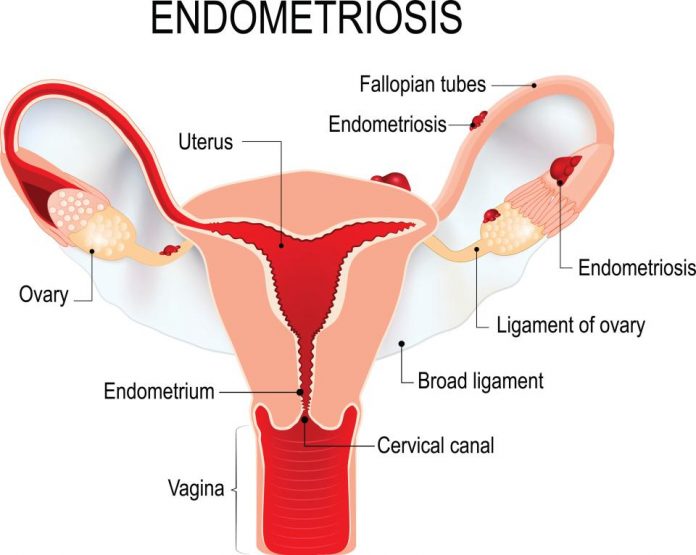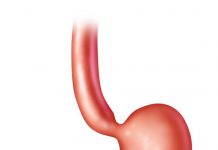Endometriosis is a chronic disease that affects between 5 and 10 million women in the United States. In endometriosis, tissue like that found inside the uterus—the endometrium—grows outside this organ, most commonly on the fallopian tubes, ovaries, the exterior of the uterus or intestines, and surface of the pelvic cavity.
This tissue still acts like the endometrium, which means it responds to menstrual cycle changes. Thus women typically experience pain in the pelvis, lower stomach, and/or back. Painful urination during periods, painful bowel movements during periods, gastrointestinal disorders, painful intercourse, infertility, and fatigue also can occur.
Significant Findings about Causes
Serdar Bulun, MD, of Northwestern University’s Feinberg School of Medicine, and his colleagues have discovered critical abnormalities in biochemistry in endometriosis that appear to explain several different causes of the disease. These findings will hopefully help investigators new treatment options for women who have endometriosis.
One of the findings is the presence of the enzyme aromatase in women who have endometriosis. Aromatase, an element that produces estrogen, is found in the endometrium of women who have the disease. Normal endometrium does not contain this enzyme.
Thus women who have endometriosis have high levels of estrogen in their abnormal tissue, and the hormone stimulates the disease. Bulun found that the protein SF1, which produces aromatase, is active in endometriosis, but it is not supposed to be.
Bulun also found that women with endometriosis have a progesterone receptor that is turned off when it should be turned on. When the receptor is turned on, it helps block the growth of endometriosis. Because the receptor is off, the diseased tissue is allowed to remain inflamed and continues to grow.
New Treatment Options
As a result of Bulun’s findings about aromatase, he and his colleagues conducted studies that resulted in a new treatment for postmenopausal women who have endometriosis and premenopausal women who have not responded to other therapies. The treatment involves aromatase inhibitors, drugs that prevent the activity of aromatase, which in turn helps prevent estrogen from developing and promoting the disease.
Aromatase inhibitors include anastrozole (Arimidex®) and letrozole (Femara®). Although these drugs can help treat endometriosis, they also can cause significant loss of bone mass if they are used for a long time. Thus they should not be taken by women who have osteoporosis.
Premenopausal women should take another drug that suppresses the ovaries (e.g., an oral contraceptive) if they use an aromatase inhibitor, because use of the inhibitor alone may lead to the development of ovarian cysts. In postmenopausal women, an aromatase inhibitor should be taken along with calcium, vitamin D, and a bisphosphonate to help prevent osteoporosis.
A Predisposition to Endometriosis?
Bulun believes these abnormalities are associated with genetic-type defects that occur during the embryonic stage in females. Thus he proposes that some females may be born with a predisposition to have endometriosis. This possibility highlights the need for scientists to look for in utero origins of the disease, which may not only help experts better understand the disease but also help them find ways to prevent it.











